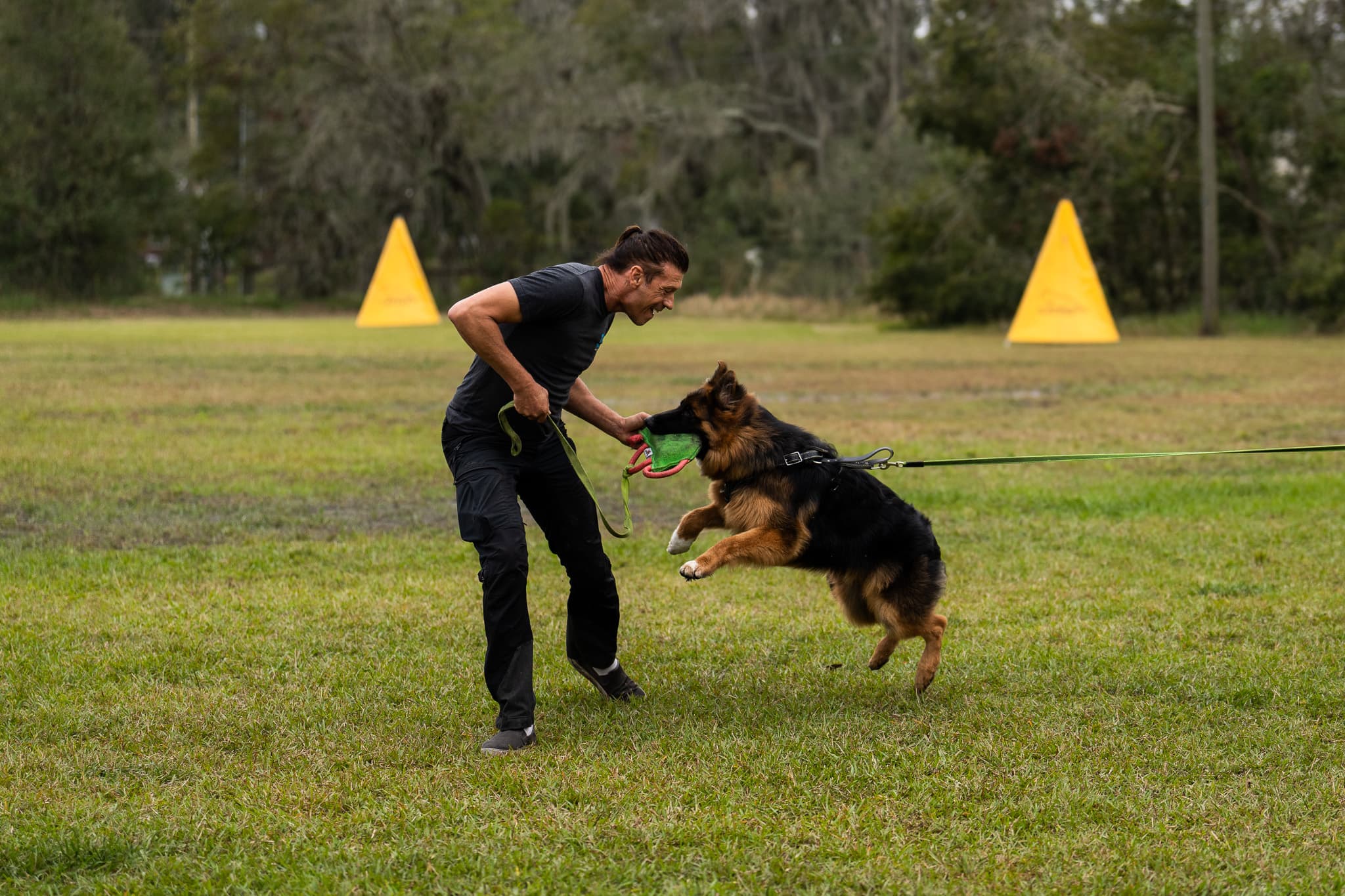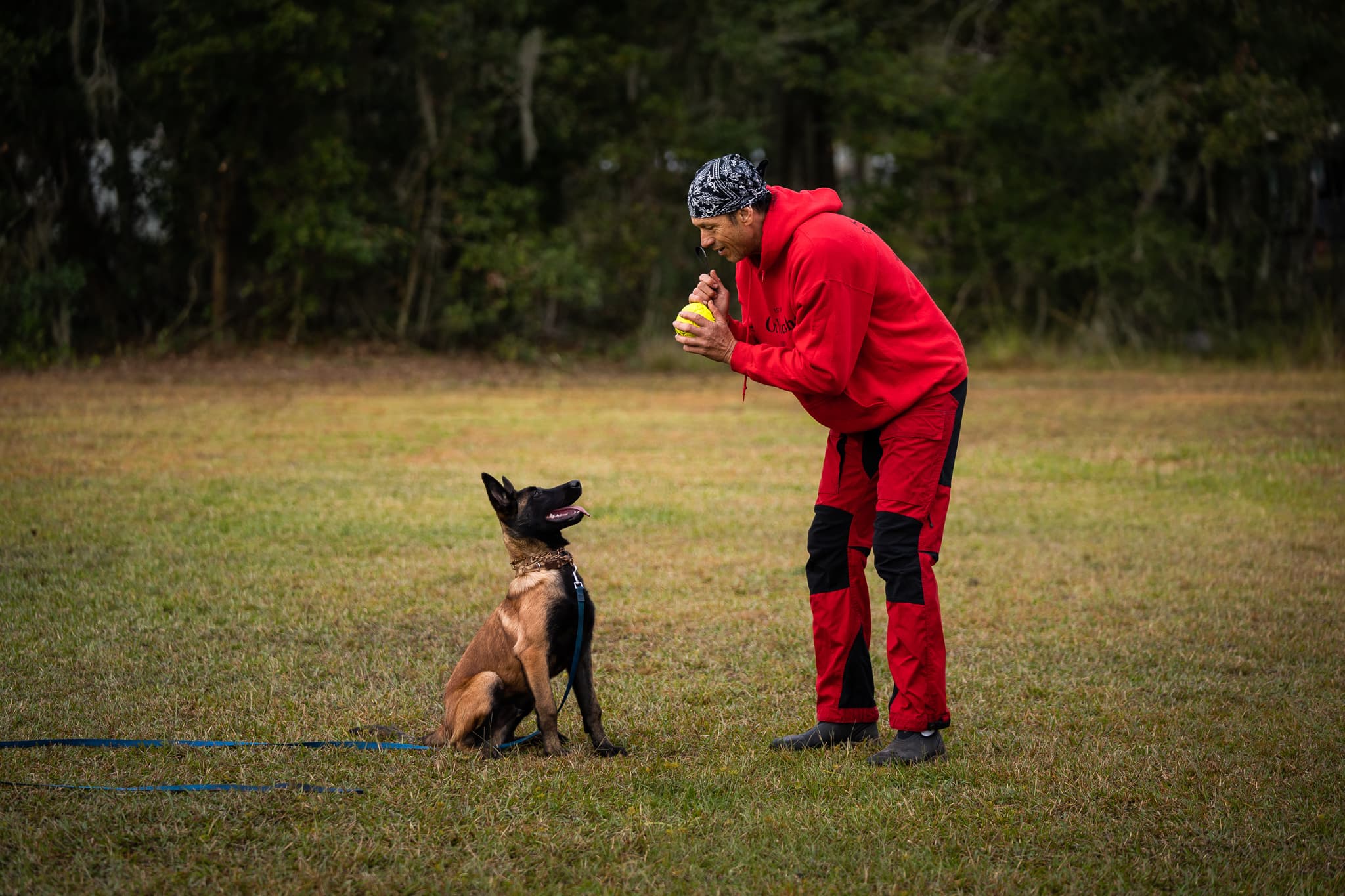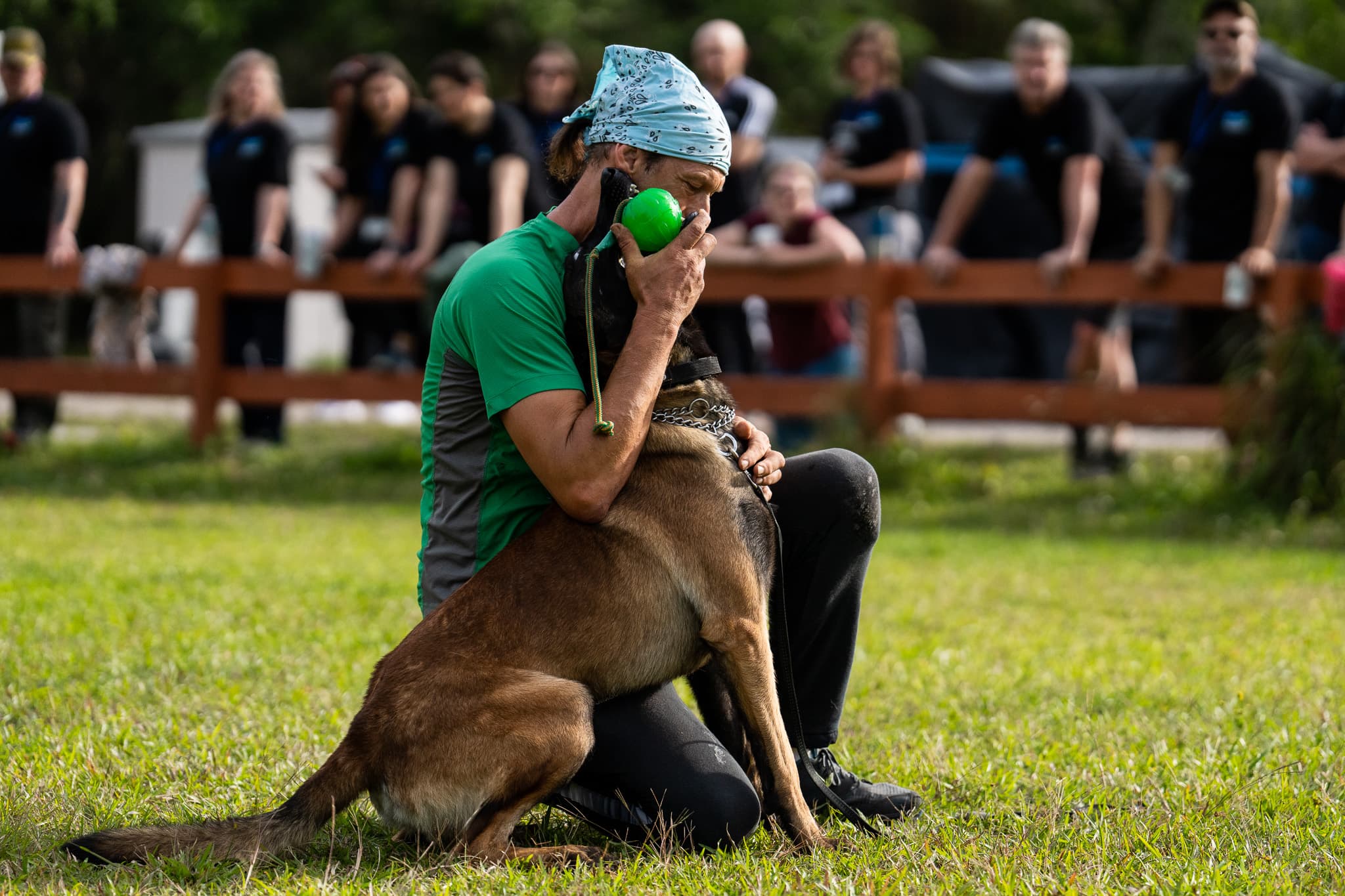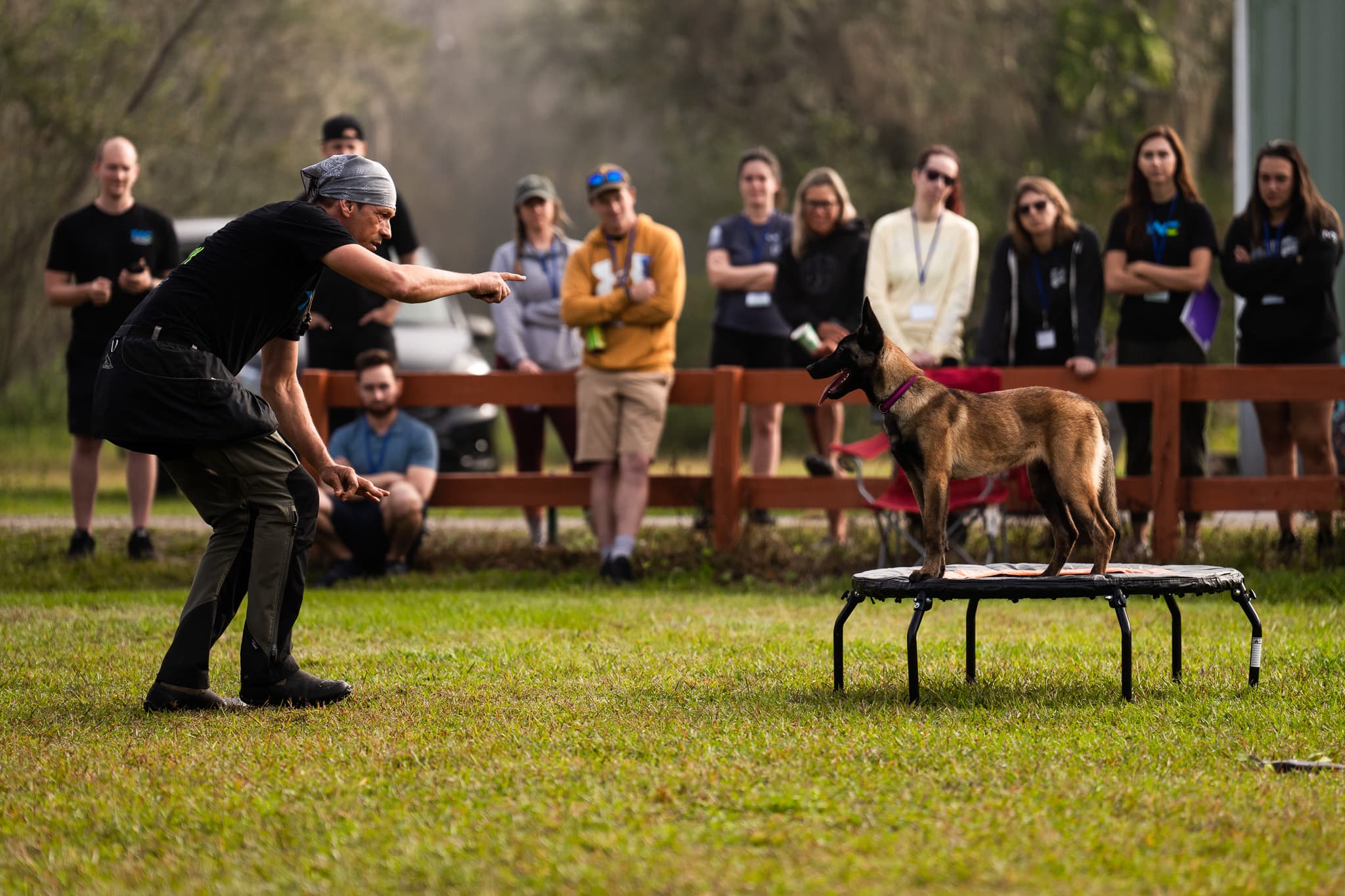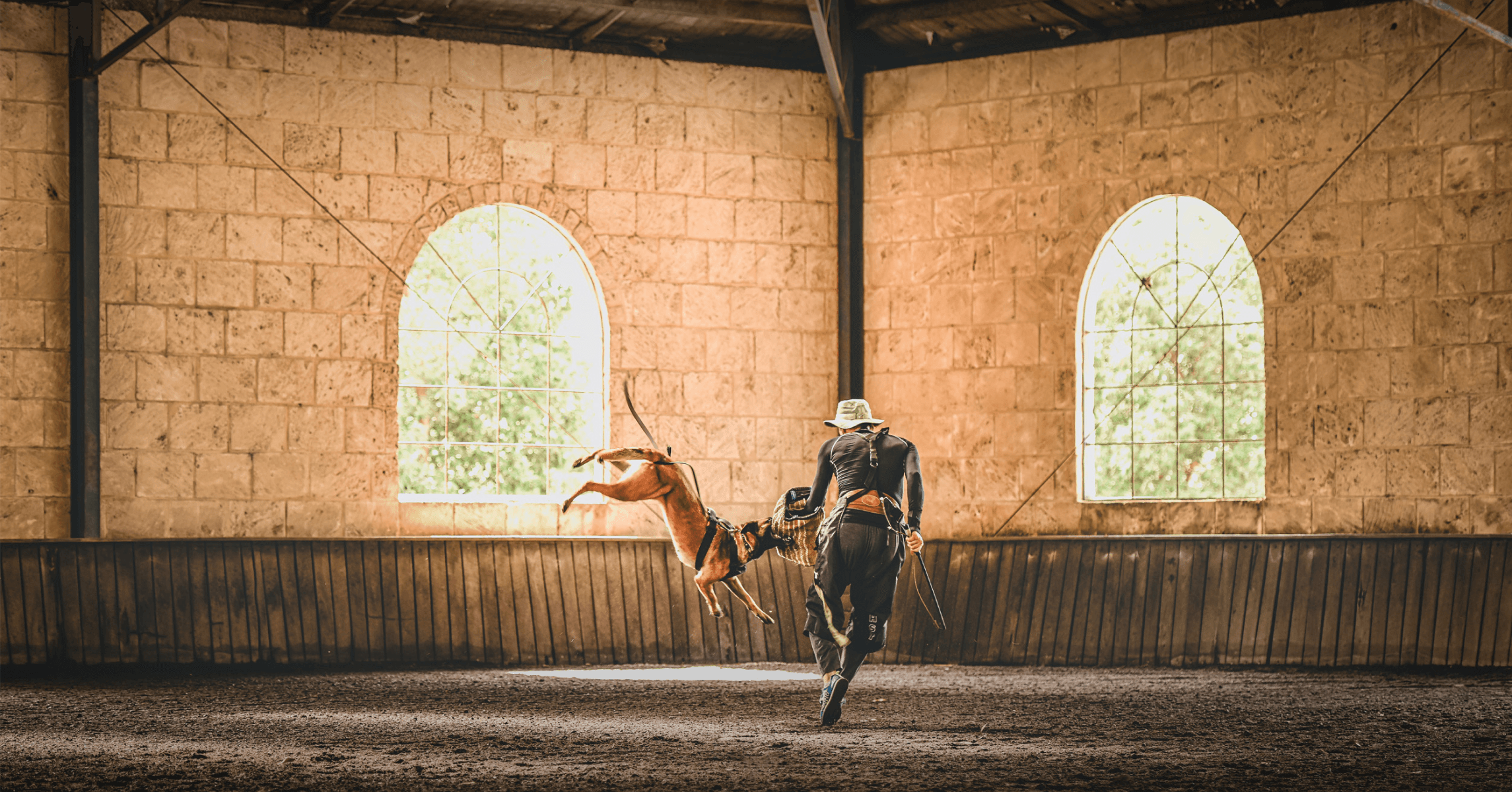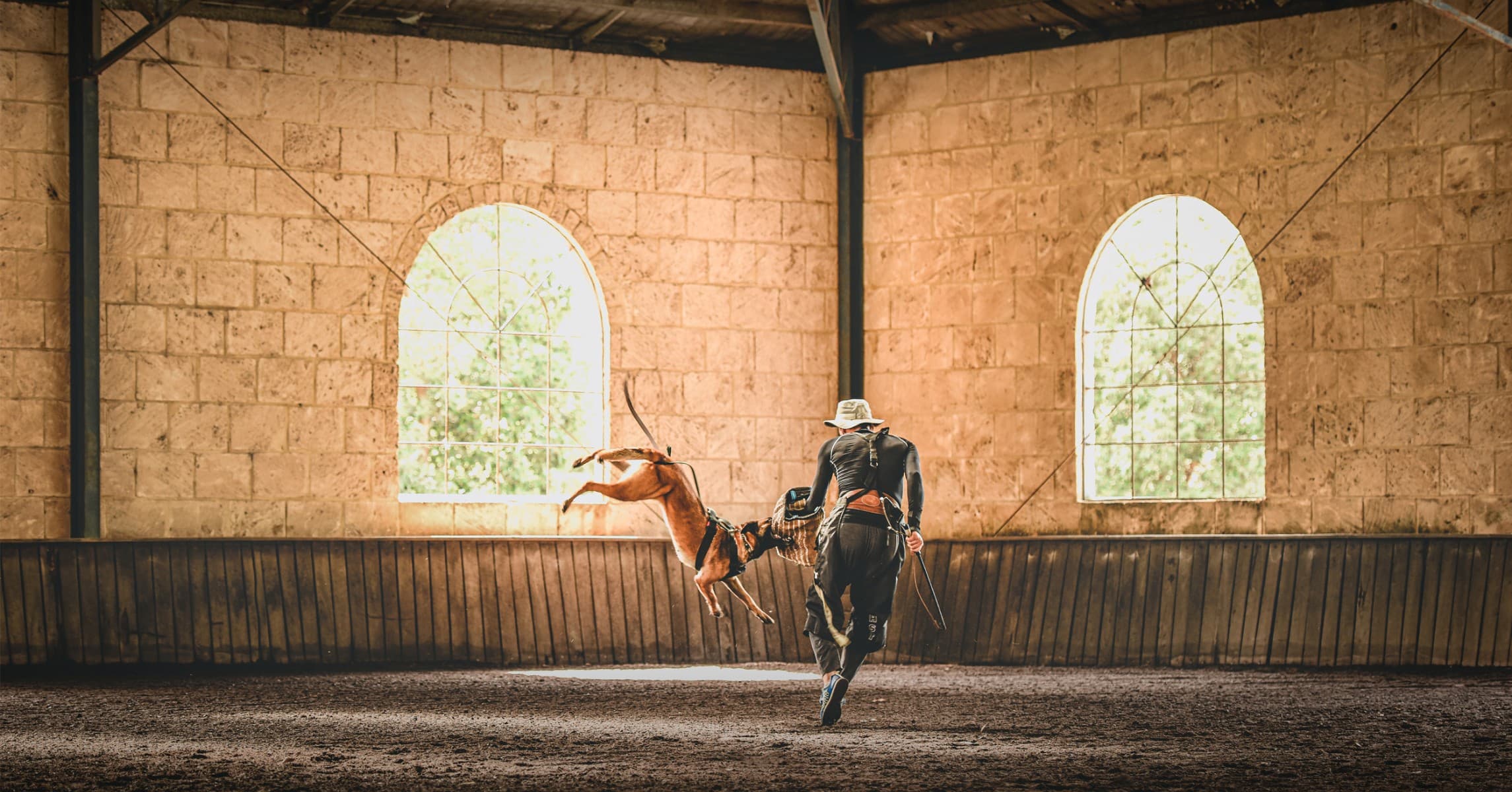I just saw something that completely floored me. It was a Facebook post written by an exhausted dog owner. Let’s call her Kate. I would be willing to bet she was crying as she wrote this message. Kate’s pleas for help were sincere, and desperate. She said her Malinois mix has OCD and severe anxiety problems.
She said she has tried everything. The dog swims, plays in the yard for an hour a day, and goes for walks.Kate said she just doesn’t have the time or energy to play with the dog 24 hours a day. She has already tried giving the dog psychotropic medications, and her vet is advising her to try other types, because they don't seem to be working. Kate’s Facebook post was FILLED with Facebook experts giving advice. Many of them saying to go ahead with the medications.
Now, here’s what I have to say.
When people say they have tried everything, what they really mean is they have tried everything THEY know. The average person's knowledge of dogs and dog behavior is extremely limited. The average dog trainer seems like they know more on the surface, but most of them are also very confused by the complexities of dog behavior. Very few people actually understand dogs. Since Kate doesn’t know me, or my concepts and methods, it’s clear she has not tried everything.
“But Ivan, she said she plays with the dog. That's what you do.”
I am so glad you said that. This is a very common misconception. What I do with dogs heavily involves play, but the way I play is very different from the way Kate, and most other people play.
Play is only one piece of the puzzle when it comes to dogs.
Let me be clear. I have not seen this dog. So I cannot say what will definitively help Kate and her dog. I have 40 years of experience with thousands and thousands of dogs similar to this, with the exact same problems, and I have extensive knowledge of the Malinois breed. There are many things I need to know, and many things that need to be done in order to properly help Kate and her dog. But for now, let’s expand on play, and how it can possibly help this dog.
After reading Kate’s post and the comments, I decided to look into the situation, and spoke to a trainer who worked with Kate and her dog. The dog has quite a bit of drive, and as I suspected, gets ZERO real and constructive play. What Kate considers play, is the dog obsessively possessing a toy and not wanting anything to do with her. Kate cannot get the toy back from her dog, and there is no game being played. It is a one sided experience that leads to frustration from Kate, and is a validation of bad behaviors for her dog.
There is a big difference between a dog running around obsessively possessing a toy, and playing a game with the owner.
Kate also mentioned she lets the dog swim in order to get exercise. Swimming is an activity, not a game played with the owner. Sure, the dog will get “exercise”, but exercise does not provide the dog with the valuable things that happen with proper play. So many people are fooled by this “exercise” concept. They think dogs need to be tired out.
So many people are fed this ridiculous myth that “a tired dog is a good dog.”
Not true. What truly changes dogs is tapping into their genetics and using their innate drives and guiding them to their purpose. The games I teach, such as Chase & Catch and Possession Games, use the strong instincts that are already present in the dog's DNA which must be expressed in a constructive way.
If they are not, problems will arise. If their needs are suppressed (not being allowed to express their innate desires is suppression) it will cause neurosis. This neurosis can take many outward forms: anxiety, OCD, depression, hyperactivity, destruction of items, self-harm, aggression, etc... The problems go on and on. The way this owner is interacting with her dog is an expression of the dog’s neurosis. It is not play, by any stretch of the imagination.
The first thing I would do with his dog is spend the time it takes to gain trust and become friends. Then we would play, the correct way. I would teach the dog Chase and Catch, the Possession Games, teach the dog to have a great response to the OUT command, and then I would begin teaching bite work.
We would become a team.
This dog would finally have a purpose. The change would be fast, and it would be dramatic. I have done this with hundreds of dogs, so I know, with a high degree of certainty, what the outcome will be. If you do not control and guide your dog’s primal desires, dogs can become neurotic, miserable, and sometimes dangerous. Many dog trainers are preoccupied by this idea of making a dog LOOK calm, and use suppression tactics to achieve superficial results, while the dog is absolutely miserable and suffering inside.
I am NOT talking about exercising a dog into exhaustion.
I am talking about biological fulfillment.
I am talking about a real connection and working as a team.
If you don't provide these key necessities, you are not truly satisfying your dog.
These concepts and methods can save dogs lives when they are done correctly.
It’s the most powerful thing I know how to do with dogs.
